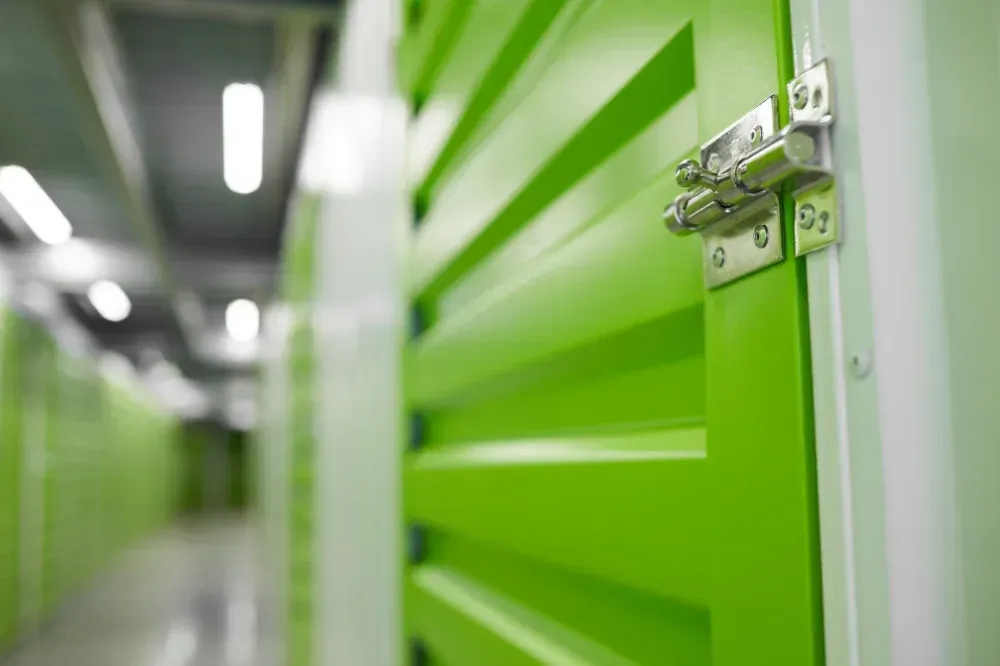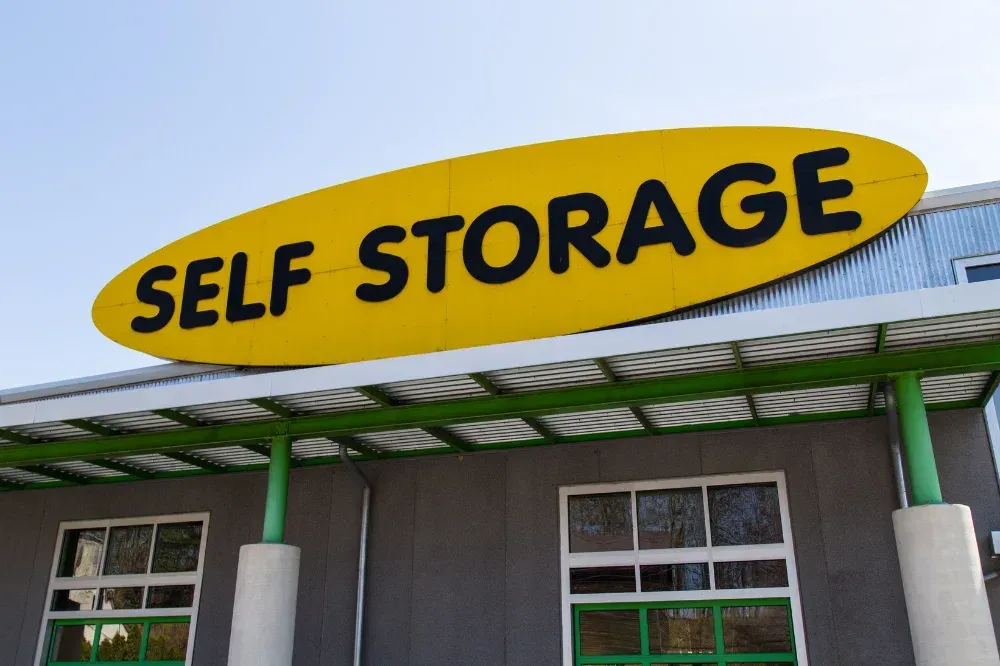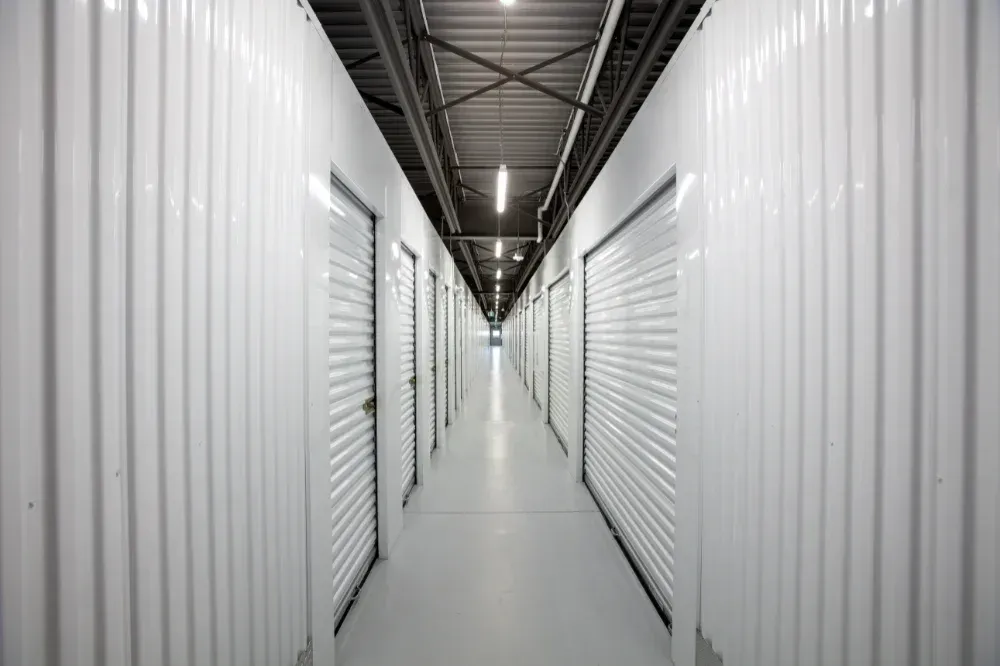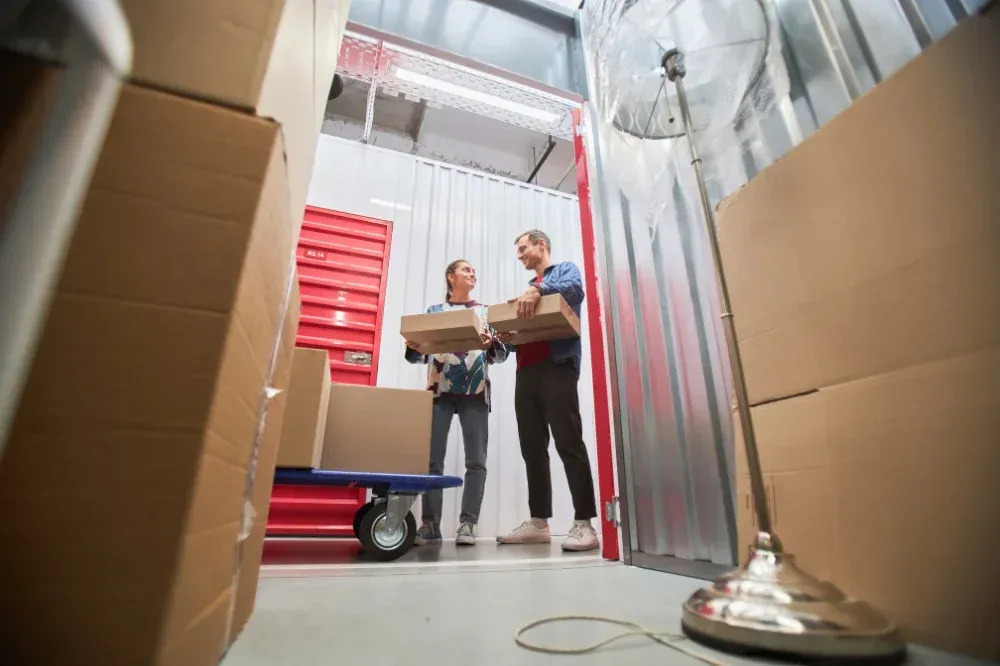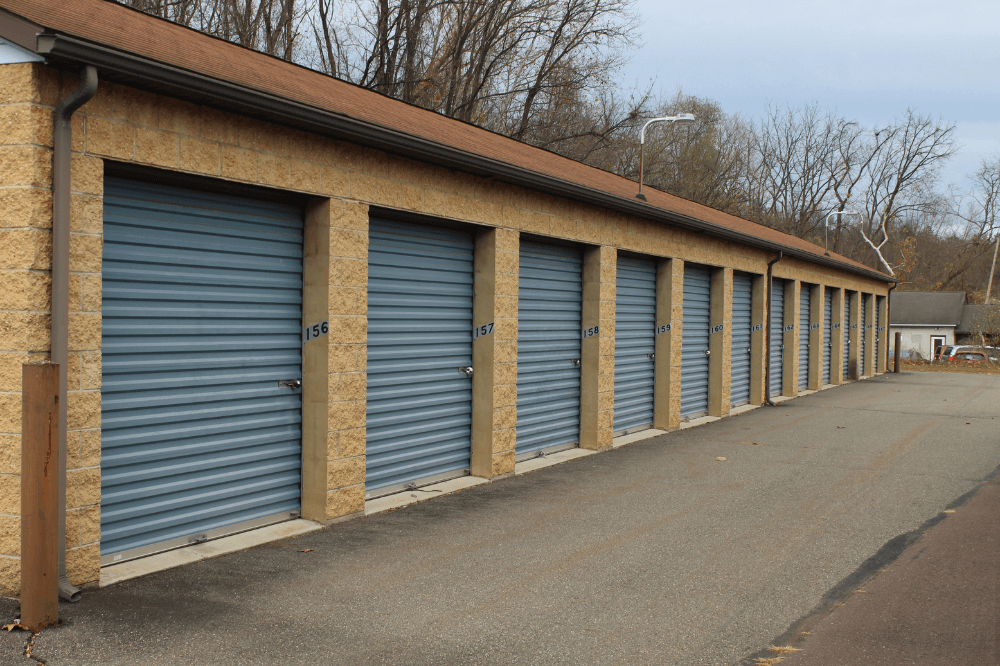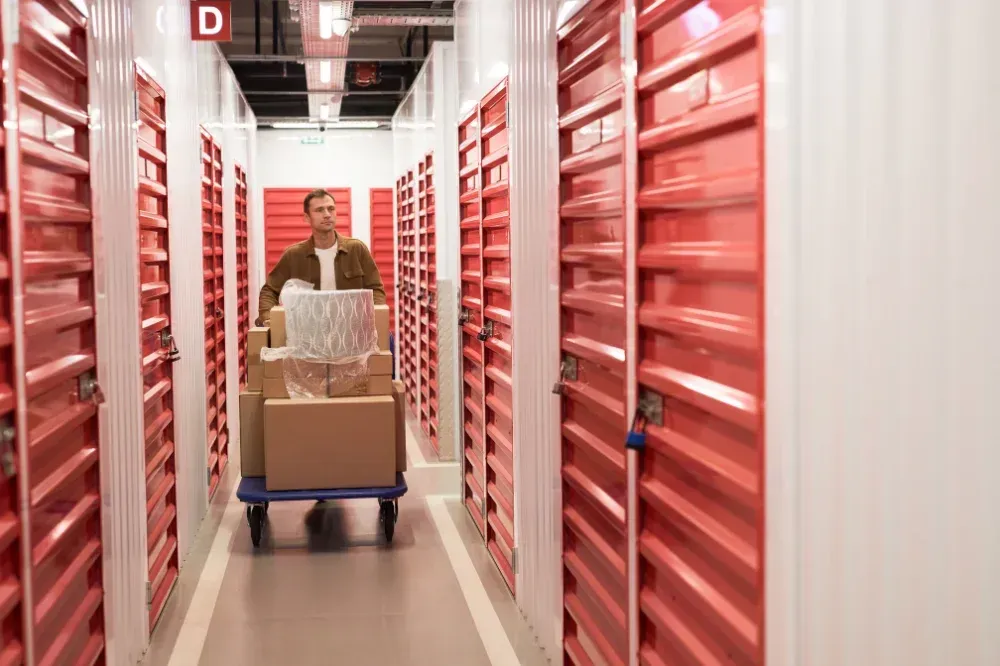How to Choose Between Indoor and Outdoor Storage: What’s Best for Your Needs?
How to Choose Between Indoor and Outdoor Storage: What’s Best for Your Needs?
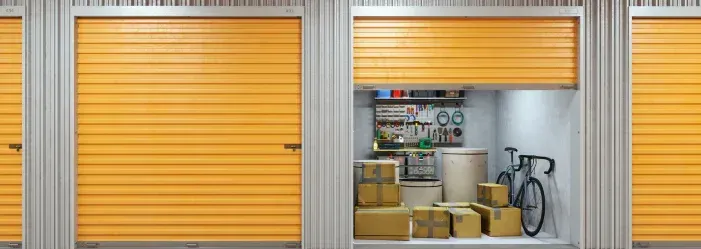
When it comes to storage, choosing the right option is crucial for protecting your belongings and ensuring convenience. The two main choices are indoor and outdoor storage, each offering distinct advantages and potential drawbacks. Understanding these options will help you make an informed decision based on your specific needs, budget, and security concerns.
Understanding Indoor Storage
What is Indoor Storage?
Indoor storage refers to storage units located inside a building, typically within a climate-controlled facility. These units provide a more enclosed environment, offering protection from external elements and added security features.
Common Uses for Indoor Storage
- Storing temperature-sensitive items such as electronics, artwork, and documents
- Keeping furniture and household items during a move or renovation
- Protecting valuable or fragile belongings from extreme weather
- Archiving business files and inventory in a secure space
Benefits of Indoor Storage
Climate Control
Indoor storage units often come with climate control, helping to maintain stable temperature and humidity levels. This feature is essential for preserving delicate items such as wood furniture, electronics, and important documents.
Enhanced Security
Since indoor storage units are housed within a larger building, they often have advanced security measures, such as surveillance cameras, keycard access, and on-site personnel, reducing the risk of theft.
Protection from Weather
Indoor storage offers a shield against harsh weather conditions like heavy rain, extreme heat, and cold temperatures, ensuring your belongings remain in good condition.
Downsides of Indoor Storage
- Higher Cost: Climate-controlled units and added security features often result in higher rental prices.
- Limited Accessibility: Access may be restricted to specific hours, making it less convenient for those who need frequent access.
- Smaller Storage Space: Indoor units are typically smaller than outdoor options, limiting the amount of storage available.
Understanding Outdoor Storage
What is Outdoor Storage?
Outdoor storage units are typically standalone units accessible directly from the outside, similar to garages. Some outdoor storage facilities also include open-air storage spaces for larger items such as vehicles and boats.
Common Uses for Outdoor Storage
- Storing large items like vehicles, boats, and RVs
- Housing construction or landscaping equipment
- Providing extra storage for businesses with large inventory
- Storing seasonal items such as patio furniture and holiday decorations
Benefits of Outdoor Storage
Cost-Effectiveness
Outdoor storage units are often more affordable than indoor units, making them a budget-friendly choice for those looking for extra space without high costs.
Accessibility
Since outdoor units are typically drive-up accessible, loading and unloading items is much easier, especially for those with heavy or bulky belongings.
More Storage Space
Outdoor storage facilities often provide larger units, making them ideal for storing oversized items such as vehicles, trailers, and large equipment.
Downsides of Outdoor Storage
- Exposure to Weather: Outdoor units lack climate control, meaning items inside may be affected by extreme temperatures, humidity, and weather changes.
- Less Security: While many outdoor storage facilities have security measures, they may not be as comprehensive as indoor options.
- Potential for Dirt and Pests: Since outdoor units are directly exposed to the environment, they may be more prone to dust, pests, and moisture.
By understanding the differences between indoor and outdoor storage, you can determine which option best suits your needs based on security, cost, and accessibility.
Key Factors to Consider When Choosing Storage
What Are You Storing?
The type of items you plan to store plays a crucial role in deciding between indoor and outdoor storage. Delicate, valuable, or temperature-sensitive items like electronics, artwork, and documents are best suited for indoor storage, while outdoor storage works well for vehicles, tools, and large equipment.
Duration of Storage
Short-term storage needs, such as storing seasonal equipment, may be better suited for outdoor storage due to convenience and cost savings. For long-term storage, indoor units provide better protection against environmental factors, pests, and theft.
Budget Considerations
Outdoor storage is generally more affordable than indoor units, making it a cost-effective solution for those storing durable items. However, if you need climate control, extra security, or protection from dust and pests, investing in an indoor unit may be worth the higher cost.
Security Concerns
Security is a key factor when choosing a storage facility. Indoor units often provide enhanced security with controlled access, surveillance, and locks. Outdoor storage, while still secure, may be more exposed and require additional locks or security measures.
Climate and Weather Conditions
If your items are sensitive to extreme temperatures, humidity, or moisture, indoor storage with climate control is ideal. Outdoor storage may be exposed to weather conditions, which could lead to damage over time, especially for items like wooden furniture, electronics, or important documents.
Comparing Indoor vs. Outdoor Storage
Cost Comparison
Outdoor storage is generally more budget-friendly than indoor units, as it lacks climate control and additional security features. Indoor storage units, while pricier, offer added protection, making them a better investment for valuable items.
Accessibility and Convenience
Outdoor storage often provides easier drive-up access, making it convenient for loading and unloading large or heavy items. Indoor storage, on the other hand, may require navigating hallways or elevators but offers better protection from environmental factors.
Security and Protection
Indoor storage facilities often have gated entry, security cameras, and restricted access, making them more secure. Outdoor storage is usually fenced and monitored but may be more vulnerable to theft or weather-related damage.
Climate Control Features
Indoor storage units may include climate control, which helps protect sensitive items from extreme temperatures and humidity. Outdoor storage lacks this feature, so items stored outside may be exposed to changing weather conditions.
Who Should Choose Indoor Storage?
- Best for valuable and sensitive items – Ideal for antiques, electronics, important documents, and fragile belongings.
- Suitable for long-term storage – Provides better protection against wear and tear over time.
Who Should Choose Outdoor Storage?
- Best for large and bulky items – Perfect for vehicles, boats, and construction equipment that don’t require climate control.
- Suitable for short-term storage – Ideal for temporary storage needs, such as moving or renovations.
Tips for Making the Right Choice
- Assess your needs – Consider the type, value, and sensitivity of your items.
- Visit the storage facility – Check accessibility, security measures, and unit conditions before making a decision.
- Check for security and insurance options – Ensure the facility offers proper security and consider insurance for valuable items.
Conclusion
Choosing between indoor and outdoor storage depends on factors like budget, security, and climate control. Indoor storage is best for valuables and long-term needs, while outdoor storage is a practical and cost-effective option for large or short-term items. Assess your storage needs to make the best choice.
FAQs
What is the biggest advantage of indoor storage?
Indoor storage offers better security and climate control, protecting valuable and sensitive items from environmental damage.
Is outdoor storage safe for storing furniture?
Outdoor storage is generally not recommended for furniture, as exposure to moisture and temperature changes can cause damage over time.
How do I protect my items in outdoor storage?
Use weather-resistant covers, elevate items off the ground, and secure them with locks to minimize exposure to weather and theft.
What type of storage is best for business inventory?
Indoor storage is ideal for business inventory, as it provides better security and climate control to keep products in good condition.
Can I switch from outdoor to indoor storage later?
Yes, many storage facilities offer flexibility, allowing you to upgrade to an indoor unit if your needs change.

